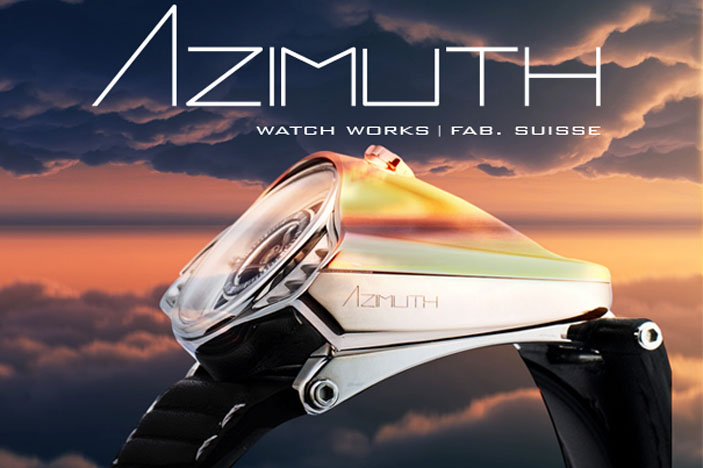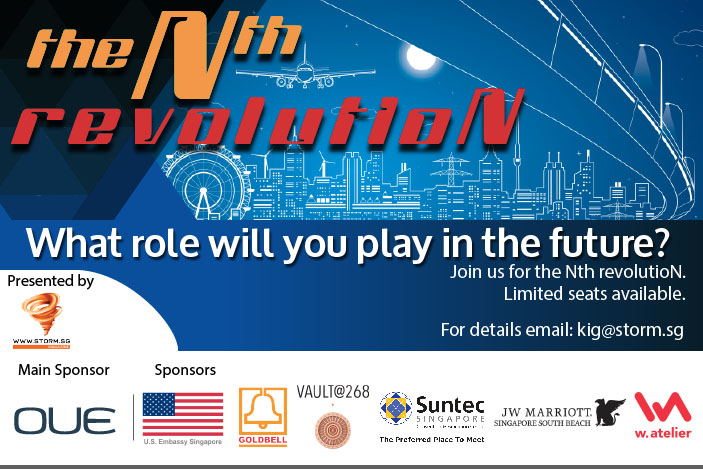WITH addiction to devices continuing to grow at a healthy — or unhealthy depending on your view — rate, it was only inevitable that a global company not directly involved in esports would throw some money into this 24/7 cauldron.
What is surprising is that it’s taken them this long to tap into this lucrative and hugely popular market.
A Value Game
The video games market was valued at close to US$80 billion in 2017, a figure that is expected to grow to US$90 billion by 2020. Meaning that in just under a decade, the global video games market would have almost doubled, from US$54 billion in 2011.
With more than 2.5 billion gamers worldwide, it’s literally a captive market to tap, slaves as these people are to their devices. The World Health Organization has officially declared digital games as addictive, resulting in “gaming disorder”.
The majority of video gamers (male and female) are aged between 21 and 35, accounting for 35% of the market. The next significant block is those aged between 36 and 50, accounting for 28%, followed by the 10-20 year-olds, at 22%.
You Might Also Like To Read:
It’s Not Rocket Science. It’s Harder!
In The League Of Youngsters
After two years of research, Mastercard jumped into the video games fray. There was money to be made, and this was the brand’s first global foray into a younger demographic.
It decided to go with Riot Games, which has milked its phenomenally successful fast-paced online game, League Of Legends.

Chief Marketing & Communications Officer, Raja Rajamannar announced the new partnership in Singapore last week, explaining the process and reasoning behind the coming together of the two global brands.
Without announcing figures, Rajamannar said the commitment would be similar to Mastercard’s other partnerships — UEFA Champions League, PGA Golf, tennis, rugby, the Grammy Awards, among others.
The Asia-Pacific region has been dominating the global video game market for years, showing huge growth figures.
In 2017, it’s estimated by Statista that the US$51.2 billion revenue from the Asia-Pacific region was double that of the second-placed North American gaming market.
Having unlocked a potential goldmine for in-game transactions and building on the massive support it enjoys, Mastercard signed a multi-year deal with Riot Games, which has as its claims to fame (and infamy) its multi-player online run-away success, League Of Legends, and a more recent public relations issue with gender discrimination, which it is attempting to address.
League Of Legends Support
League of Legends is the most-played PC game in the world with 100 million unique monthly active players.
“There were 588 esports events in 2017, and 380 million viewers,” Rajamannar explains the decision to go with Riot Games.
In keeping with Mastercard’s “priceless” programme of delivering unique benefits, the co-branding will allow the payment services company to offer its cardmembers a number of special attractions. These include the opportunity to take part in Playtest — playing on equipment the day before the competitions — watch rehearsals, and watch tournaments with a professional.

Co-branded Mastercards will be rolled out in the first half of 2019 and should get the young gamers excited. Special offers are also being planned, to widen the net of influence.
It will certainly raise Mastercard’s profile and desirability with the next generation of customers used to cashless payments.
More importantly, it will ensure sustained business and a chance for Mastercard to reach out to a younger audience and understand how payment behaviour will continue to evolve in a changing landscape.






















